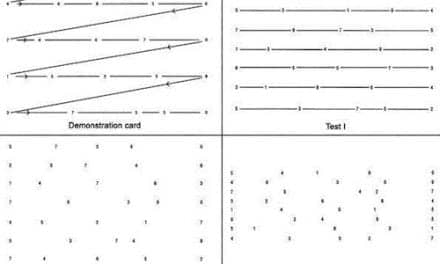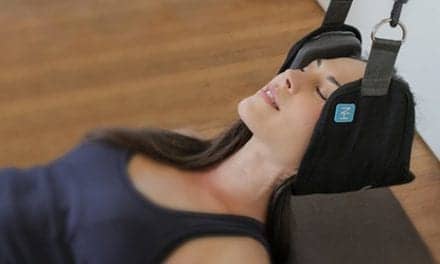In a team physician consensus statement, the American College of Sports Medicine (ACSM) and five other professional sports medicine organizations share guidelines to identify and manage pain in athletes ages 10 to 18.
The statement, published recently in Medicine & Science in Sports & Exercise, urges team physicians and pediatricians to use nonpharmacologic treatments before prescribing opioids.
“Adolescents are often initially exposed to opioids through prescriptions to treat pain. This paper gives health care providers, including team physicians, pediatricians and athletic trainers, a roadmap to navigate the diagnosis and treatment of chronic and acute pain in adolescent athletes.”
— Stanley A. Herring, MD, FACSM, the facilitator of the team physician project-based alliance and a clinical professor in the Departments of Rehabilitation Medicine, Orthopaedics and Sports Medicine and Neurological Surgery at the University of Washington in Seattle
The statement presents epidemiological data about the incidence and prevalence of pain in adolescents, defines acute and chronic pain, as well as provides recommendations to diagnose and treat both, a media release from the American College of Sports Medicine explains.
“This paper specifically focuses on young people because children and adolescents are different than adults. When assessing and treating pediatric pain, it’s important to consider where young people are from a developmental standpoint and how family behaviors and dynamics may influence the pain experience. It also is imperative to address pediatric pain appropriately to decrease the likelihood of developing persistent or chronic pain issues into adulthood.”
— Karen E. Weiss, PhD, LP, a pediatric pain psychologist at Seattle Children’s Hospital and associate professor at the University of Washington School of Medicine
Suggested Interventions
Suggested interventions focus on comprehensive nonpharmacological, pharmacological and psychosocial treatments based on the athlete, the injury and the demands of the sport.
“Our guidelines incorporate up-to-date, clinically meaningful advances in the field of adolescent pain medicine. My colleague, Dr. Weiss, and I were very pleased to help prepare this paper that offers youth athletes, their team physicians and other health care providers a current and practical guide to managing pain in the adolescent athlete.”
— David J. Tauben, MD, FACP, chief of pain medicine and a clinical professor at the University of Washington
The statement summarizes the essential knowledge and preferred actions for team physicians and/or pediatricians, the release continues. For acute pain, they should:
- Understand that the diagnostic process must evaluate all aspects (anatomical and psychosocial) of pain causation
- Understand that nonpharmacological treatments are fundamental to treat acute and post-acute pain from injuries
- Understand that medications, in particular opioids if prescribed, should be utilized at the lowest effective dose for the shortest duration
- Recognize the signs and symptoms of potential problematic opioid use
- Understand the role of exercise to improve pain and function from acute injury
- Educate athletes and parents so that pain management goals are well understood and realistic
For chronic pain, team physicians and pediatricians should:
- Understand that treatment is best offered as part of an interdisciplinary approach
- Understand that a multimodal care plan (e.g., exercise, nutrition, cognitive behavioral techniques, relaxation, improved sleep) is safer, possibly more effective and probably more durable than pharmaceuticals
- Understand that opioids should not be used in this age population without specialty consultation
- Educate student athletes and parents regarding what pain is and how it is relieved because expectations and misunderstandings affect response to treatment
ACSM collaborated with the American Academy of Family Physicians, American Academy of Orthopaedic Surgeons, American Medical Society for Sports Medicine, American Orthopaedic Society for Sports Medicine and the American Osteopathic Academy of Sports Medicine to develop this statement.
This statement is the newest paper in a series published by the six professional associations since 2000 that addresses pertinent topics for athlete care, such as return-to-play decision, concussion treatment, injury and illness prevention, sideline preparedness and psychological issues. Team physician consensus statements serve as a reliable resource for team physicians and other medical professionals and can provide peace of mind for coaches, athletes, parents and the public, the release concludes.
[Source(s): American College of Sports Medicine, PR Newswire]
Related Content:
Sports Medicine’s Dilemma With Athletes and Pandemic PT
Stop Trivializing Pain in Sports, Sports Medicine Researcher Opines
Manage Pain After Sports Surgery This Way





